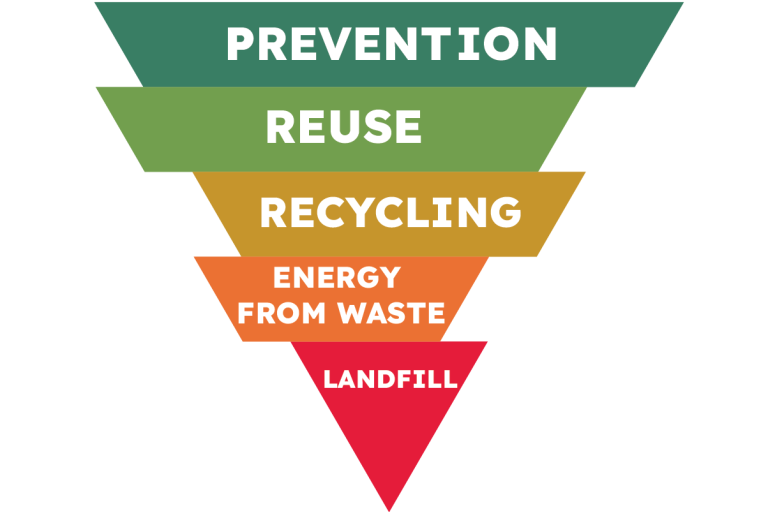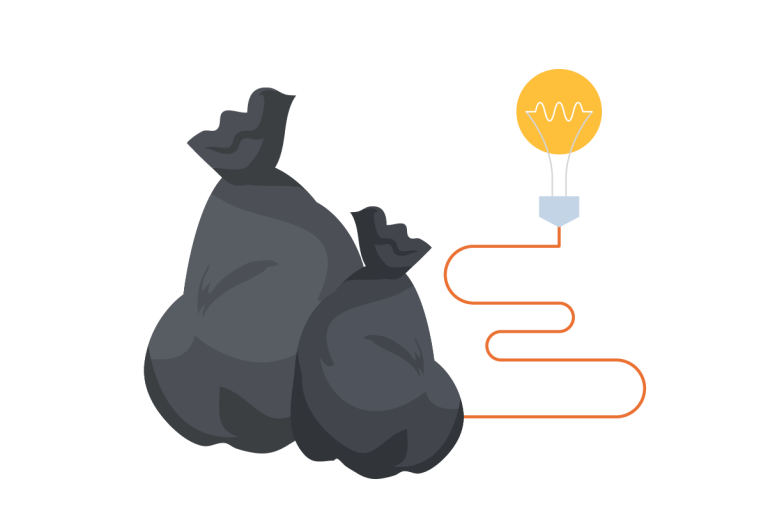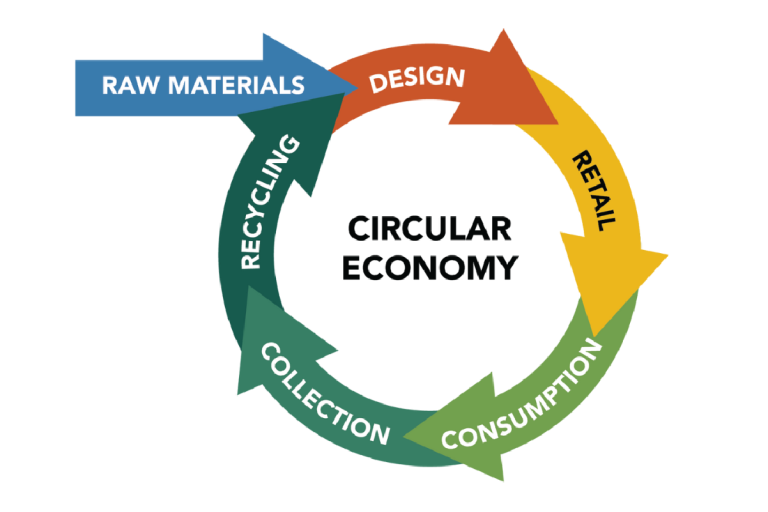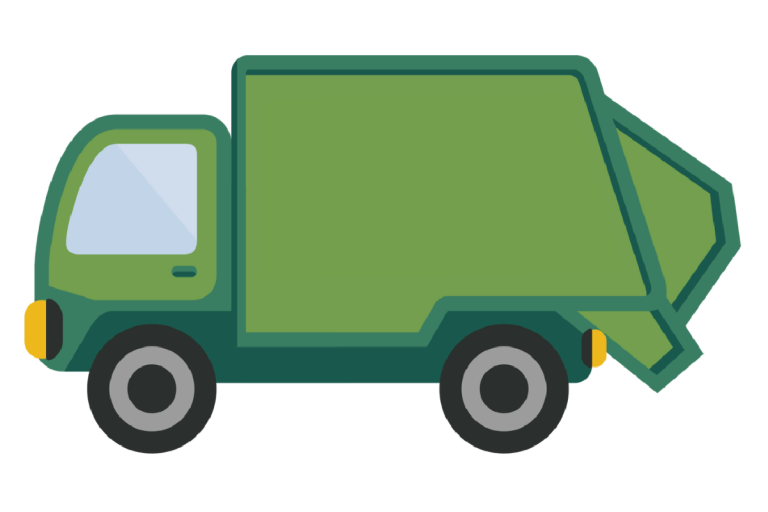Find out more about Energy from Waste
The waste hierarchy
The waste hierarchy is a framework that ranks waste management practices in order of their environmental impact. Landfill is at the bottom of the waste hierarchy as it is the most damaging to the environment.
The best thing we can do for the environment is to prevent the amount of waste being produced in the first place. After we all reuse, recycle and compost everything we can, it is important to generate energy from the non-recyclable rubbish that is left.

Energy from Waste vs landfill
When general rubbish is sent to landfill, it breaks down slowly and emits methane. This is a harmful greenhouse gas that is damaging to the environment.
Moving to Energy from Waste (EfW) is a step in the right direction. By October 2025, all general rubbish in Essex will no longer be sent to landfill. Instead, it will be treated at an EfW plant near Braintree.
EfW treatment means we can make the best use out of rubbish that cannot be recycled. It is less harmful than landfill and uses waste as a resource. The process of EfW takes waste and turns it into electricity and heat. This energy can then be used to power homes in Essex.

How EfW contributes to the Circular Economy
The best thing we can do to manage waste is to follow the waste hierarchy. Once we have reused and recycled everything we can, we then need to make use of the rubbish that is left. EfW is a more resource efficient process, as it keeps valuable materials in use rather than throwing them away. The non-recyclable waste is transformed into heat and electricity that can power our homes.
At every point in the EfW journey, materials are used to create something new rather than being thrown away. For example, around 20% of the volume of the waste will remain as non-hazardous ash. This will be processed to remove metals for recycling, and the remainder will be processed to be used in the construction industry.

Environmental considerations
Landfill produces an additional 200kg CO2 equivalent per tonne of waste compared to the EfW process. This means that the Rivenhall facility will save the equivalent of 120,000 tonnes of CO2 emissions each year from the waste it manages.
Lorry movements will have an impact on local air quality, which is why Essex County Council seek to keep lorry movements to a minimum. The district, city and borough councils across the county are also introducing lower emission waste vehicles to help reduce local impacts.
Ecologists have been consulted about all works on site at the EfW plant. They supervised the construction to protect and preserve wildlife in the local area. The grounds at the Rivenhall Integrated Waste Management Facility have been planted with a variety of vegetation. This includes some woodland and a medieval moat that is home to a small colony of great crested newts.

